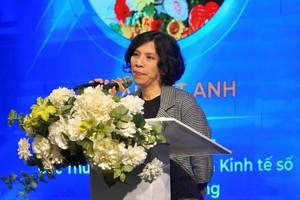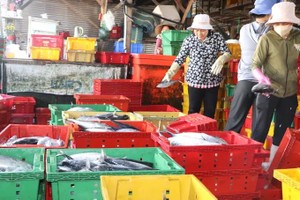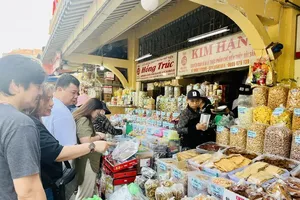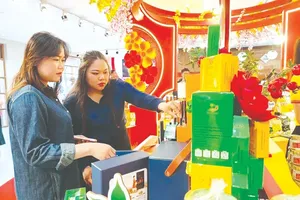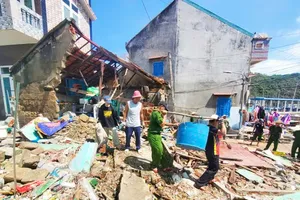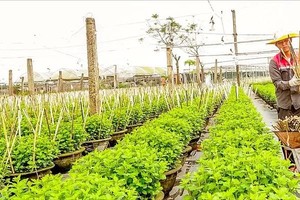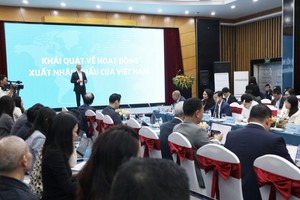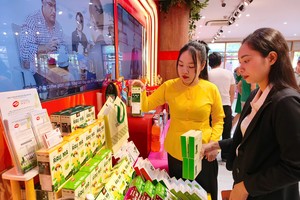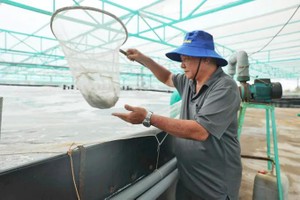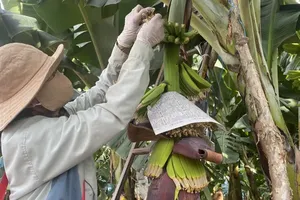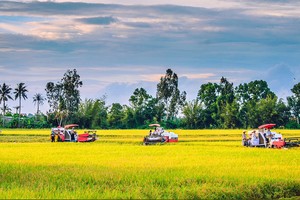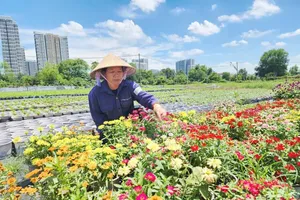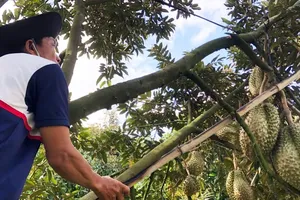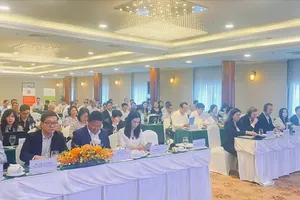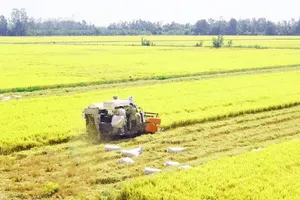Yesterday, the National Agricultural Extension Center, in coordination with the provinces of Khanh Hoa, Gia Lai, Lam Dong, and Dak Lak, held a forum titled 'Agri-Extension @ Agriculture' on 'Solutions for Climate-Resilient Livestock Development Linked to Ecotourism' in Nha Trang Ward of Khanh Hoa Province.

According to the Department of Livestock Production and Animal Health under the Ministry of Agriculture and Environment, the Central Highlands and South Central Coast region is home to over 2.2 million cattle—more than 37 percent of the national herd. The region also has around 102,000 sheep, with over 90 percent mostly in the southern area of Khanh Hoa Province, making it the country’s main sheep-farming hub.
Additionally, this area is a goat-farming stronghold with more than 550,000 goats, and a leading honey-producing region, contributing about 27 percent of the national output.
Several localities have already implemented livestock models adapted to climate change, yielding promising results. These models have enhanced the value of agricultural products and helped establish sustainable livelihoods for local communities.
One standout example is the reproductive goat farming model in Khanh Hoa, which has proven nearly four times more profitable than traditional methods. Other effective models include reproductive sheep farming in southern Khanh Hoa and saltwater-adapted sea duck farming in Dak Lak, all of which have demonstrated clear economic and environmental benefits.
At the forum, the participants praised the integration of various livestock farming models with experiential tourism activities such as sightseeing, camping, and the introduction and consumption of local agricultural specialties, which have attracted significant interest from numerous visitors and provided clear added value. It was affirmed that agricultural tourism is gradually becoming an effective direction, contributing to the enhancement of livestock product value.
However, the development of similar models faces many challenges, such as livestock farming being small-scale and fragmented, a lack of integrated policies between agriculture and tourism, insufficient investment capital and infrastructure for agricultural tourism and limited capacity for connecting value chains.

Consequently, the participants proposed several solutions, including refining livestock area planning, providing financial support to farmers, applying high technology, developing farmstay models, creating OCOP products from livestock, strengthening value chain linkages, and training tourism skills for local residents.
Dr. Dang Quy Nhan from the Central Coordination Office for New Rural Development stated that the OCOP (One Commune, One Product) program has been a highlight in rural development in recent years. To date, nearly 17,000 products nationwide have been rated three stars or higher, including around 115 products awarded four to five stars in the country. These are regionally distinctive specialty items that help generate local employment and enhance the added value of the agricultural sector.
